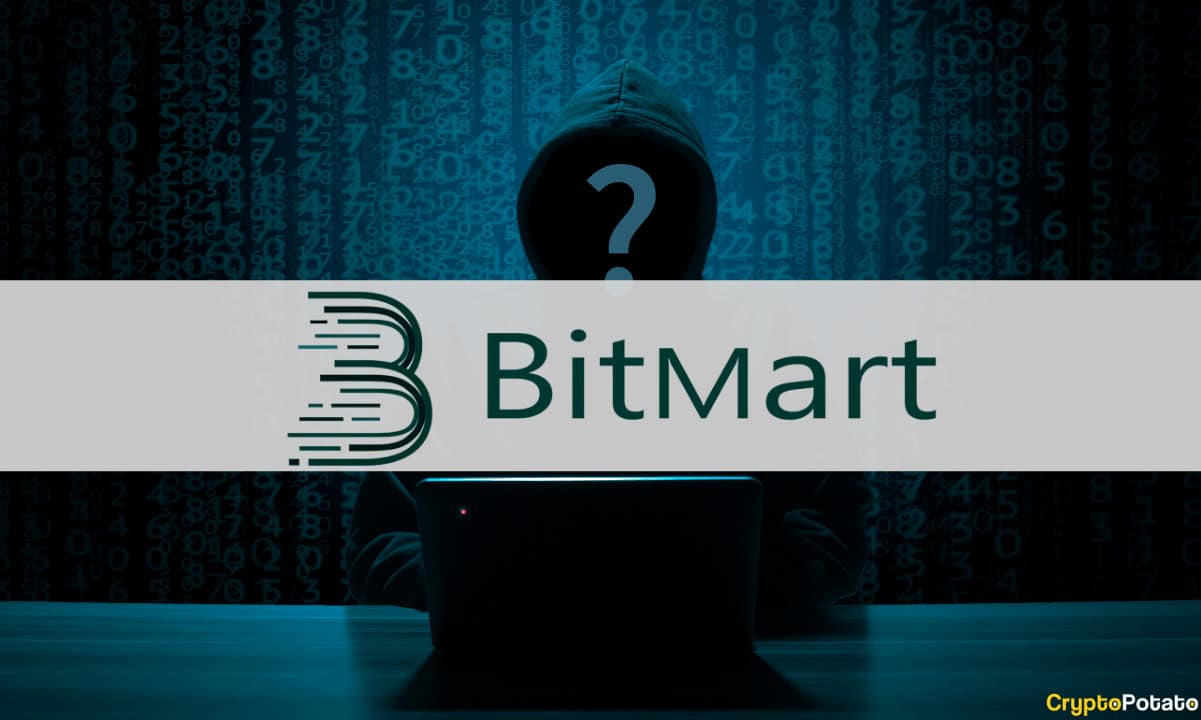5 Biggest ICO’s in Cryptocurrency History
There have been hundreds of ICO’s since Mastercoin launched the first ever initial coin offering in 2013. Initial coin offerings are used by cryptocurrency-based projects to raise capital in return for the distribution of a coin, or “token” that will raise in value along with the company’s success, as well as provide a use within that platform.
A token can allow users to be incentivized to participate in that platform, and reward them based on use or allow them to perform a certain action. For example, the IOTA token is set to allow users to transfer value and participate in the “internet of things”, and this provides value to the user because it is promising cryptocurrency transactions without any fees between humans and the machines that will make up the IOT. This is one of the many exciting use cases that ICO’s have created.
Top 5 Earning ICO’s
ICO’s have raised hundreds of millions of dollars since their inception, and the best projects can be classified into two categories: The most amount raised, and the highest return on investment. While some ICO’s have raised a significant amount of money, they have not been able to provide the ROI that others who raised less were able to achieve. We have compiled a list of some of the top earning ICO’s, as well as the ICO’s who’s prices continue to rise and give initial investors a solid ROI.
#5 Status
Status is a decentralized messaging client that facilitates the use of dApps within the Ethereum network. It is set to be the first use of an Ethereum application that will be live on the iOS and Android app marketplaces. They aim to provide a user interface that allows for you to create a hub for all of your favorite dApps, poising users to be able to use them as an ecosystem. It functions as both a messenger app as well as a browser for the Ethereum network, effectively turning your mobile device into a mobile node of the Ethereum network. Their ICO was able to raise a total of $108 million, with one user contributing as much as $8 million worth of Ether.
The participants of this ICO receive a Status token, which will spent by users to send and receive messages and use their dApps. It will also provide microtransaction rewards to users who participate regularly and use their ecosystem of dApps consistently. The Status project is very exciting because of its aim to allow users to be completely immersed in the decentralized Ethereum network, a main reason why its ICO was able to raise so much money.
#4 Bancor
Raising over $150 million in three hours, the Bancor protocol functions as a liquidity network that provides users a “smart wallet” that can instantly convert between any ERC-20 tokens within the Ethereum network. They utilize what are called “connector tokens” that allow for easy liquidity between the many Smart Tokens that are planned for the Ethereum network. Bancor is a very large project that aims to provide a simple solution for the planned large user base of Ethereum dApps, allowing them to transfer between smart tokens as they please, free of any large price changes or fees.
Bancor’s ICO was significant because it raised such a large amount in such a short period of time, and it demonstrated to the crypto community that these ICO’s held real fundraising power and that they were a viable new mode of raising money for decentralized projects.
#3 EOS
EOS is a decentralized, smart contract platform similar to that of Ethereum. It allows for dApps to be developed and implemented on its platform, but possesses a few key differences from Ethereum:
- Parallel processing
- Greater Reliance on Voting
The holding of the EOS token gives developers a claim to server resources to make their platform within the EOS chain. The servers that these applications are hosted on receive rewards for providing these apps processing power. EOS is a direct competitor to the pioneers of the original idea of a smart contract platform, and its founder, Dan Larimer, believes that it is the true decentralized network that will provide a better end user experience as well as governance system.
The EOS intitial coin offering was able to raise over $180 million and is currently the 11th most valuable token on the market. The battle of wits continues to rage on between founders Vitalik Buterin and Dan Larimer, with the two continually engaging in ideological and technical debates about the future of dApps and the tokenized economy.
#2 Tezos
Another competitor to Ethereum, Tezos offers two main proposed “improvements”. These improvements come in the form of its governance structure and the delegated proof of stake structure. While Ethereum recently moved from PoW to PoS due to energy consumption concerns, Tezos’ system is unique because they allow users to delegate other users to validate on their behalf, due to either a lack of knowledge and/or resources. This could greatly improve the efficiency and adoption of the Tezos platform.
Tezos also uses a strategy called formal verification within their code, effectively allowing them to improve their protocol block-by-block, creating a smooth evolution of their blockchain and removing the need for a hard fork due to development concerns. Tezos was able to raise $232 in July 2017 and is planning their launch within the next few months.
#1 FileCoin
FileCoin is the highest-grossing ICO to date due to its far reaching implications and use cases within the new decentralized ecosystem. In its simplest terms, FileCoin allows for anyone to sell their idle storage space in return for cryptocurrency, and it is protected by smart contracts. The more storage you provide to clients, the more coins that the smart contracts will pump out to these providers. FileCoin is exciting because it can potentially create a new competitive file storage sector and make use of the vast amount of idle storage space in disks, racks, and data centers across the world.
Tezos’ protocols are extremely innovative and seem to be able to handle the large user base it envisions. It uses proofs to ensure fair value and remove any possibility of fraud, making it a very trustworthy endeavor. Due to these huge promises and the chance to allow for a new competitive market to emerge, FileCoin was able to raise $257 million in 2017.
*Update: Telegram overtook Filecoin for the #1 spot, raising a staggering $850 million in its pre-sale round. The ICO is still ongoing, and Telegram has a goal of $1.2 billion USD which they will likely meet.
Successful ICO Doesn’t Always Mean High ROI
While all of these ICO’s were able to generate a large amount of hype around their platforms, not all of them have experienced a large increase in the value of their tokens. Projects such as EOS and Bancor have seen big increases and still sit at competitive ranks in crypto exchanges, but other projects such as Ethereum and IOTA have experienced much larger returns.
IOTA, for example, has seen more than a 300,000% increase since its inception, and Ethereum a 152,000% increase. These two projects were early game-changers that are still working tirelessly to effect their vision and come through on their society-altering visions. At the end of the day, the true winners will be determined by scalability and mass adoption. Only time will tell which of these platforms will be the winners of 2018.






